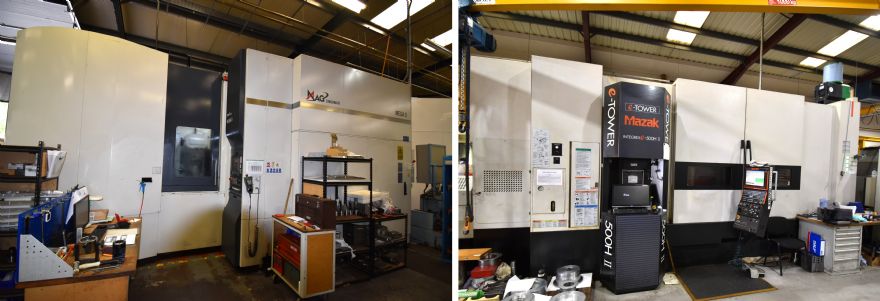
British manufacturing contributed £217 billion to the UK economy last year, according to
Make UK's 2024 industry analysis, yet many facilities still rely on ageing
CNC machinery that is no longer fit for purpose. Rising repair costs are often the first red flag. Antony Reed,
Eddisons Asset Auctions director, said: “If your maintenance budget for one machine rivals the cost of a new one, it is time to reassess.” Frequent breakdowns and the struggle to source obsolete parts can lead to extended downtime and lost productivity.
Declining accuracy is another critical issue. CNC machines are precision tools, and when tolerances slip or scrap rates rise, the impact on quality and customer satisfaction can be severe. Mr Reed added: “In industries where micron-level accuracy matters, outdated equipment can cost you contracts,” warns a senior production manager.
Compatibility is also a growing concern. Older machines often can’t run modern CAM software or integrate with digital workshop systems, leaving operators stuck with manual inputs and inefficient workflows. Safety is equally pressing. Machines lacking modern guarding or compliant emergency stops pose risks that insurers and HSE inspectors won’t overlook.
Energy inefficiency rounds out the list. Legacy equipment consumes significantly more power than newer models, driving up operational costs. “New machines with regenerative braking and efficient servo motors can cut energy bills dramatically,” notes Nazar Soofi, head of sustainability and decarbonisation at Eddisons.
When replacement becomes inevitable, manufacturers should explore the used market and machine brokerage services to find cost-effective upgrades. Existing equipment, even if non-functional, may still hold resale value in parts or as refurbished units. Strategic replacement not only improves performance but also protects margins and future-proofs operations.